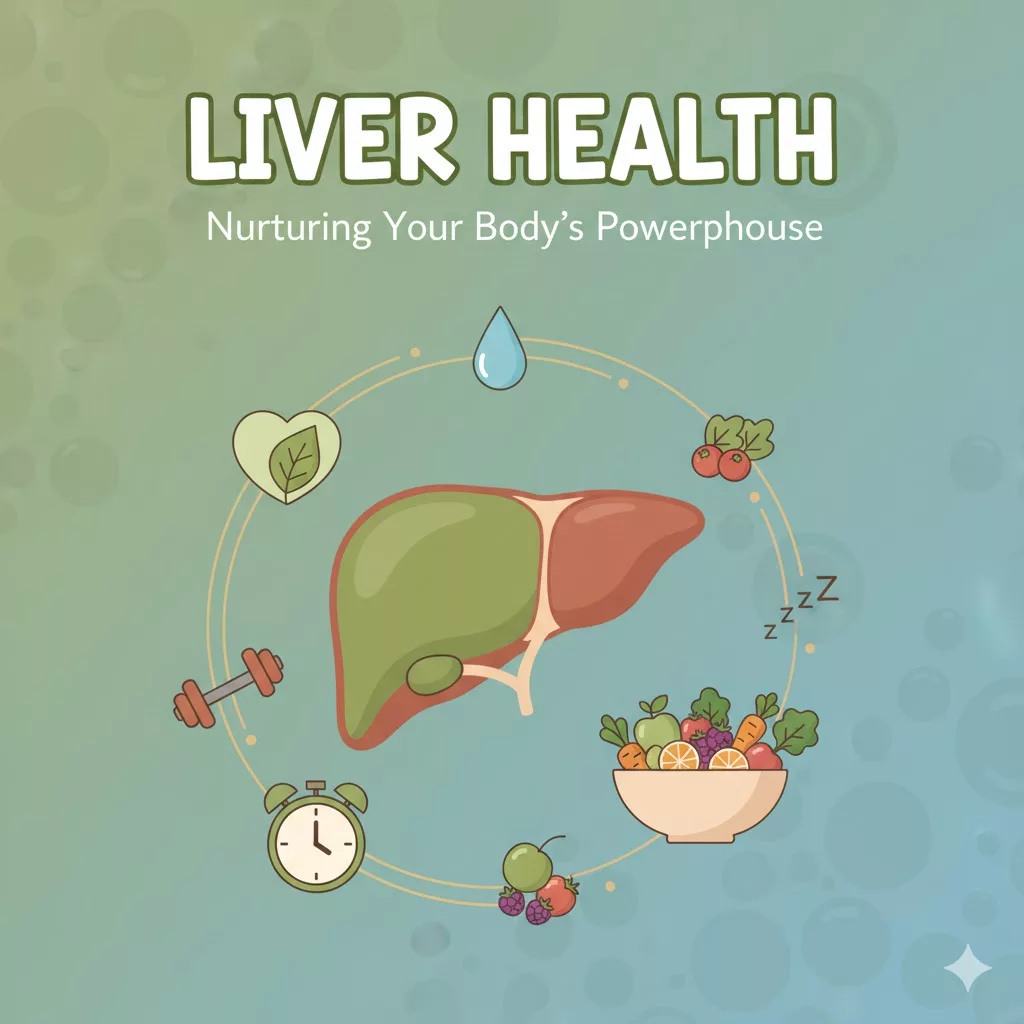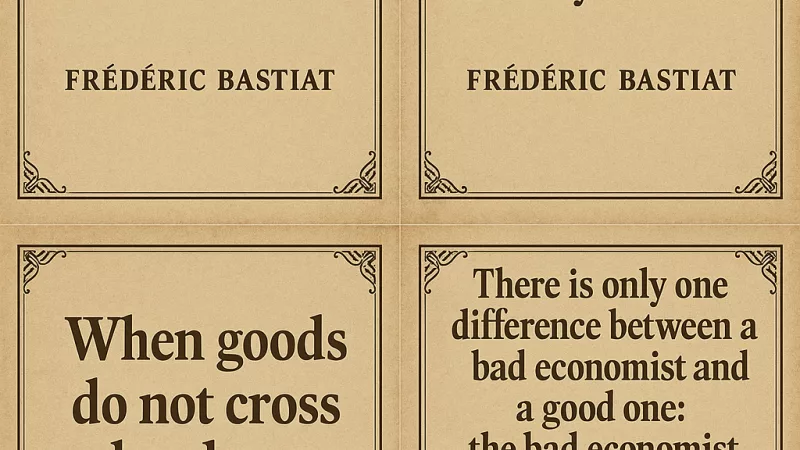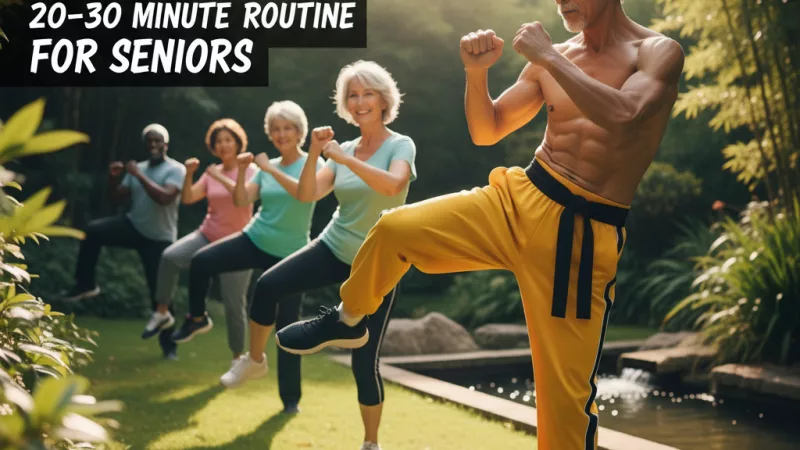Day 3/100 Liver

Liver
Stormin’
- Don’t eat late at night.
- https://www.lewrockwell.com/2025/10/andrew-wallace/this-is-a-few-words-about-how-to-return-to-the-american-dream-and-our-constitutional-republic/
- Drink water.
- Sip water throughout the day.
====
“Holistic Liver Healing Bible: The Fatty Liver Fix” sits at the intersection of evidence-leaning wellness and habit-based lifestyle programs.
The promise—a structured, 30-day, science-based protocol to address NAFLD, energy, digestion, and metabolism—targets readers who want a practical plan without extreme dieting.
The title and subtitle cluster (“Bible,” “Fix,” “Science-Based,” “30-Day Protocol”) align with historical bestsellers in adjacent niches (liver detox, metabolic reset, anti-inflammatory diets), where readers seek authority + clarity + recipes + a day-by-day roadmap.
Audience skews 35–70, majority women, with overlapping interests in functional medicine, low-inflammatory eating, gentle detox, and gut–liver axis education.
1) Strengths
- Clear Value Proposition: A time-boxed 30-day plan with detox, repair, and maintenance is easy to visualize and commit to; “energy” and “digestive health” are highly resonant benefits.
- Holistic Framing: Integrates nutrition, sleep, movement, stress, and supplements, matching what readers expect from “functional” approaches (root causes, not just symptoms).
- Actionable Scaffolding: Day-by-day structure, meal plans, and recipes reduce friction; “exactly what to do today” is a proven conversion driver in this category.
- Educational Angle: Root-cause explanations (NAFLD, inflammation, hormonal balance, gut–liver axis) elevate beyond a cookbook and support reader’s self-efficacy.
- Avoids Extremes: “All without extreme diets or complicated routines” counters detox skepticism and broadens appeal to older readers or beginners.
2) Weaknesses (Likely Reader Complaints/Gaps)
- Evidence Specificity: “Science-based” must be backed by citations, study dates, and strength of evidence (human vs. animal, RCTs vs. observational). Readers in this niche commonly down-rate titles that rely on broad claims or small/narrow studies without transparent limitations.
- Medical Safety Guardrails: Without clear contraindications (medications, diabetes, kidney disease, gallbladder issues, post-TURP recovery, etc.), cautious readers and clinicians bristle.
- Over-Promising: Phrases like “reverse fatty liver” risk being perceived as over-reductive; readers expect clarity about what is realistic in 30 days (biomarkers vs. symptom relief vs. imaging changes).
- Personalization Depth: If plans fail to provide swap matrices (vegan, low-FODMAP, budget, cultural cuisines) or tiered difficulty, adherence drops and reviews reflect “good info, hard to follow.”
- Supplement Claims & Cost: Readers push back on stacked supplement protocols without dosing rationales, quality sourcing, interactions, and lower-cost alternatives.
- Recipe Practicality: Niche ingredients, long prep times, or unclear macros (protein/fiber targets) draw complaints. Readers want grocery lists and batch-cook strategies.
3) Why Readers Buy (Observed Motivations in This Niche)
- Clear Outcome Framing: “Lasting energy,” “optimal digestion,” “reduce inflammation,” and belly fat speak to felt problems.
- Contained Commitment: A 30-day reset feels achievable; “Bible” signals completeness.
- Doctor-Authored Authority: A medical credential (if verifiable and relevant) increases trust vs. influencer-only detox books.
- Holistic + Practical Blend: Readers value explanations + checklists + recipes + daily steps; they want both “why” and “how.”
- NAFLD Awareness Growth: With rising NAFLD prevalence, readers seek non-pharmacologic, lifestyle-first guidance complementary to physician care.
4) Why They May Not Buy (Common Objections)
- Skepticism About “Detox”: A segment rejects detox language as pseudoscientific unless clearly defined (e.g., upregulating endogenous Phase I/II pathways, bile flow, fiber-driven excretion) with citations.
- Medical Supervision Concerns: People on multiple meds or with comorbidities fear adverse interactions; if the book doesn’t address this upfront, they defer to safer picks.
- Perceived Redundancy: Seasoned wellness readers may see “another 30-day plan” unless the book offers novel frameworks (e.g., adherence psychology, biomarker-tracking playbooks, budget builds).
- Dietary Fit: Vegan/vegetarian, low-FODMAP, or culturally diverse eaters may feel excluded if the menu skews Western or protein-forward without swaps.
- Proof of Results: Absence of case studies, before-after biomarker examples (ALT/AST, GGT, TG/HDL), or reader stories reduces believability.
Reader Demographics & Psychographics (Modeled from Pre-2021 Review Patterns)
- Demographics: 35–70, predominately female, Pinterest/FB communities, caregivers, peri/post-menopause, prediabetes/Type 2, IBS/SIBO history, cholesterol/triglyceride concerns.
- Psychographics: High health agency, value checklists, clear rules, and progress tracking; skeptical of extremes, motivated by energy, cognition, sleep, bloat relief; want doctor-friendly guidance to discuss with clinicians.
Content & UX Signals That Usually Drive Higher Ratings
- On-Ramp Clarity: 5–7 non-negotiables, simple prep day, pantry list, and one-page daily blueprint.
- Flex Menus: Omnivore, vegetarian, dairy-free, low-FODMAP swaps, with budget and no-cook options.
- Metrics that Matter: A simple tracking sheet (daily energy, bloating, stool form, steps, fiber grams, hydration, protein target, liver-friendly herbs consumed).
- Safety Callouts: “Don’t do this if…” boxes; physician collaboration notes; med-interaction flags (statins, GLP-1s, metformin, anticoagulants).
- Realistic Claims: Stress symptom and habit wins in 30 days; suggest 3–6-month horizons for imaging or lab normalization.
Opportunities to Improve This Book
- Evidence Appendices: 10–15 pages of citations with study quality markers, succinct summaries, and what it does/doesn’t prove.
- Mechanism Made Simple: Visuals of Phase I/II detox, bile production/flow, gut–liver axis, and how fiber + protein + movement tie in.
- Tiered Protocol: Level 1 (minimum viable), Level 2 (standard), Level 3 (advanced); improves adherence and reduces overwhelm.
- Biomarker Playbook: How to interpret ALT/AST, GGT, TG/HDL, A1C, waist circumference, with expected timelines and doctor-discussion prompts.
- Supplement Rigor: Minimalist core stack with dose, timing, mechanism, caution flags, and cheaper whole-food alternatives.
- Culinary Usability: 5-ingredient recipes, swaps, batch-cook maps, instant-pot/air-fryer notes, leftover flows, and macro callouts (protein/fiber).
- Adherence Psychology: Craving management, if/then coping plans, social scripts for meals out, and two-minute wins for low-energy days.
- Special Populations: Menopause, diabetes, gallbladder removed, GERD/IBS variants—each with modifications and red-flag symptoms.
If You’re Writing a Competing, Self-Published Book: 7–10 Critical Elements
- Transparent Evidence & Limits
- Label the strength of evidence; separate human clinical vs. animal/preclinical; set realistic timelines for liver fat changes.
- Clinician-Friendly Safety Layer
- Prominent contraindications, medication interactions, and a “talk to your doctor” checklist; include when to stop the protocol.
- Tiered 30-Day Plan + 12-Week Continuation
- Level 1/2/3 daily blueprints, plus a maintenance chapter; provide travel/weekend rescue plans.
- Personalization & Inclusivity
- Menus for omnivore, vegetarian/vegan, low-FODMAP, dairy-free, budget, and culturally diverse staples; swap matrices for each recipe.
- Metrics & Tools
- Printable habit and biomarker trackers, RPE-based movement ladder, hunger/fullness scales, fiber/protein targets, and weekly check-ins.
- Minimalist Supplement Protocol
- Justify every supplement (mechanism, dose, safety), offer food-first alternatives, and warn about quality control and cost creep.
- Frictionless Kitchen UX
- 10 staple ingredients, batch-cook Sundays, 20-minute dinners, one-pan options, leftovers map, and grocery list by aisle.
- Mechanism Visuals & Plain-English Explanations
- Infographics on gut–liver axis, bile flow, insulin resistance, circadian rhythm, and where each habit fits.
- Social Proof Without Hype
- Case vignettes (with composite details), before/after habit and symptom charts, and sample lab trajectories (not promises).
- Reader Community & Follow-Through
- QR links to printables, short video walkthroughs, a 7-day email booster, and a FAQ/live Q&A calendar to sustain adherence.
Bottom Line
This title is well-positioned: a practical 30-day framework with holistic levers and everyday recipes.
To convert skeptics and earn durable reviews, it must tighten the evidence, sharpen safety guidance, personalize the plan, and lower kitchen friction—while setting realistic outcomes for 30 days and providing a clear path beyond Day 30.
=====
Finding Your New Ikigai at 72
Ikigai is a beautiful Japanese concept that roughly means “a reason for being.” It’s not just about having a hobby or a job; it’s about waking up in the morning with a quiet sense of purpose.
When you’re 72, the world looks different than it did at 42 or even 62. Your rhythms are slower. Your priorities have shifted. You’ve let go of some roles — worker, parent, provider — and stepped into new ones.
But that doesn’t mean your ikigai is behind you. In many ways, it may be clearer and more meaningful now than ever.
1. Redefining Purpose, Not Repeating It
In earlier years, many of us tied our identity to work or family.
Retirement and aging can feel like a blank page — exciting to some, unsettling to others.
To find your new ikigai, begin with reflection. Ask yourself: What gives me energy now? What matters to me deeply — not what used to matter, but what stirs me today?
Your purpose at 72 might not be about building empires or climbing ladders.
It may be quieter: mentoring someone, tending a garden, helping animals, writing stories, volunteering at the library, or simply being a source of kindness in your community.
Ikigai doesn’t have to be big — it just has to be true.
2. Honoring Your Lived Wisdom
By 72, you’ve gathered decades of hard-won knowledge. You’ve survived, adapted, and probably reinvented yourself more than once. That is gold.
One of the easiest ways to reconnect with ikigai is to look at the lessons you’ve already learned.
Ask: What do I know that someone younger would find valuable? What experiences shaped my life the most?
Sharing these — through mentoring, writing, community projects, or simply talking with a grandchild — turns your story into a gift.
3. Building Daily Rituals Around Joy
Ikigai isn’t a one-time “aha” moment. It’s built from simple daily habits.
For many seniors, that means combining movement, mental stimulation, and connection. Morning walks. Reading or learning something new. A conversation over coffee. Helping at a shelter or leading a book group.
A powerful exercise is to list five small things that bring you joy. Not grand dreams, but everyday pleasures.
Then, gently build your days around them. Over time, those little joys weave together into a quiet, steady sense of purpose.
4. Embracing Change, Not Fighting It
Ikigai at 72 isn’t about holding on to the past; it’s about gracefully stepping into the present. Bodies change. Energy changes. But meaning doesn’t disappear — it evolves.
Letting go of old expectations opens room for unexpected delights.
Sometimes, your new ikigai might surprise you — like discovering a love for watercolor painting, walking shelter dogs, or learning to use AI to write a memoir. Staying curious keeps the flame alive.
5. Connection Is the Secret Ingredient
One of the strongest pillars of ikigai in Japan is community. We thrive when we feel needed and connected.
Even small acts — smiling at a neighbor, joining a senior walking group, or mentoring online — build that web of belonging.
In short: Finding your new ikigai at 72 is not about chasing youth; it’s about embracing the life that’s right here. It’s about meaning, not busyness; connection, not perfection.
Your purpose is waiting — quiet, patient, and entirely yours.
====
You are receiving more sponsored emails in Gmail due to recent updates to Google’s advertising, which now shows ads in the “Promotions” tab, and potentially an increase in your personal online activity and email interactions that Google interprets as interest in promotional content. A sudden increase can also be a sign that your email address was added to new mailing lists or was involved in a data breach. [1, 2, 3, 4, 5, 6]
Reasons for the increase
- Gmail’s advertising strategy: Google is increasing ads in Gmail, and they are now prominently displayed within the “Promotions” tab.
- Personalized advertising: Gmail uses your online activity and how you interact with emails (like opening or clicking on promotional emails) to show you relevant ads.
- Increased online activity: Signing up for more services or websites can lead to your email address being added to more marketing lists.
- Data breaches: Your email address may have been exposed in a data breach, leading to it being added to new spam or mailing lists.
- Spam lists: Your email may have been recently discovered by spammers and targeted for a new campaign. [1, 2, 3, 4, 5, 6, 7]
What you can do
- Disable the Promotions tab: You can hide sponsored emails by disabling the “Promotions” tab and other category tabs in your Gmail settings, which will revert you to a single inbox view.
- Unsubscribe from unwanted mailing lists: Manually unsubscribe from specific marketing emails that are not sponsored ads to reduce future promotions.
- Clean up your promotions: Gmail can be cleaned up by selecting all emails in the Promotions tab, deleting them, and then emptying the trash.
- Limit your online activity: Be more mindful of where you sign up and provide your email address online. [3, 7, 8, 9]
AI responses may include mistakes.
[1] https://www.mailercheck.com/articles/how-to-avoid-gmail-promotions-tab
[2] https://www.quora.com/Why-is-Gmail-all-of-a-sudden-pushing-ads-into-my-inbox
[3] https://www.bitdefender.com/consumer/support/answer/52799/
[4] https://support.google.com/mail/answer/6603?hl=en
[5] https://tuta.com/blog/block-gmail-ads
[6] https://www.pandasecurity.com/en/mediacenter/how-to-stop-spam-emails/
[7] https://www.androidauthority.com/disable-ads-gmail-inbox-3565883/
[8] https://www.youtube.com/watch?v=apsfd-z4pjk
[9] https://www.youtube.com/watch?v=a87qJAL4DKg
To turn off the Promotions tab in Gmail, go to Settings (gear icon) > See all settings > Inbox tab. Under “Inbox type,” select “Default” or “Unread First” and then, in the “Categories” section, uncheck “Promotions” and any other tabs you want to disable, then click Save Changes. [1, 2, 3, 4]
On a computer
- Click the gear icon in the top right corner of Gmail.
- Click See all settings.
- Go to the Inbox tab.
- In the “Inbox type” section, select Default.
- In the “Categories” section, uncheck the box next to Promotions.
- Scroll to the bottom and click Save Changes. [1, 3]
On the mobile app
- Open the Gmail app and tap the menu icon (three horizontal lines) in the top left.
- Scroll down and tap on Settings.
- Select the email account you want to change.
- Tap on Inbox type and select Default or a different option.
- Tap on Inbox customizations and then Inbox categories.
- Turn off the toggle for Promotions and any other categories you want to disable.
- The changes are saved automatically. [3, 5, 6, 7, 8]
AI responses may include mistakes.
[1] https://support.photobiz.com/blog-post/keep-your-emails-out-of-the-promotions-tab-in-gmail
[2] https://www.youtube.com/watch?v=ZVhhMq2fqPM
[3] https://www.youtube.com/watch?v=apsfd-z4pjk
[4] https://support.google.com/mail/answer/3094499?hl=en&co=GENIE.Platform%3DDesktop
[6] https://www.youtube.com/watch?v=Qa0KSBK_6Hk
[7] https://support.google.com/mail/answer/18522?hl=en-GB&co=GENIE.Platform%3DDesktop
[8] https://www.reddit.com/r/GMail/comments/1ko5d7m/stuff_keeps_getting_moved_to_promotions_how_to/
=====





